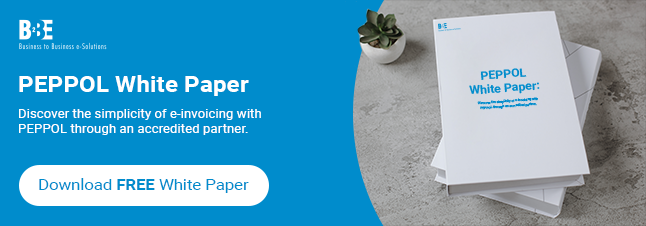Transitioning to e-invoicing can bring significant benefits to your business, including improved efficiency, reduced costs, and faster payments. However, the process of switching from traditional paper-based invoicing to electronic invoicing (e-invoicing) can be complex and fraught with potential pitfalls. To ensure a smooth transition and maximise the benefits of electronic invoicing, it’s crucial to avoid common e-invoicing mistakes that many businesses encounter.
Here are six common mistakes to avoid:
E-Invoicing Mistake #1: Inadequate Planning and Preparation
E-Invoicing Mistake: Rushing into e-invoicing without proper planning and preparation.
Solution: Before implementing e-invoicing, develop a comprehensive plan that outlines your goals, the steps involved, and a timeline for the transition. Consider the following:
- Assess your current invoicing processes and identify areas for improvement.
- Set clear objectives for what you want to achieve with e-invoicing.
- Allocate resources, including budget and personnel, to manage the transition.
- Create a detailed project timeline with milestones and deadlines.
E-Invoicing Mistake #2: Choosing the Wrong Solution
E-Invoicing Mistake: Selecting a solution that doesn’t fit your business needs.
Solution: Evaluate different e-invoicing solutions based on your specific requirements. Consider factors such as:
- Compatibility with your existing accounting and ERP systems.
- Scalability to accommodate your business growth.
- User-friendliness and ease of implementation.
- Security features to protect sensitive financial data.
- Compliance with legal and regulatory requirements in your region.
Watch our video round-up below:
E-Invoicing Mistake #3: Overlooking Compliance Requirements
E-Invoicing Mistake: Failing to comply with local and international regulations.
Solution: E-invoicing regulations vary by country and region, so it’s essential to understand the legal requirements that apply to your business. Ensure that your chosen e-invoicing solution meets these compliance standards. Key considerations include:
- Tax regulations and reporting requirements.
- Digital signature and authentication standards.
- Data storage and retention policies.
- Cross-border invoicing rules if you do business internationally.
E-Invoicing Mistake #4: Neglecting Staff Training and Change Management
E-Invoicing Mistake: Assuming that employees will adapt to the new system without proper training.
Solution: Successful implementation of e-invoicing requires buy-in and proficiency from your staff. Invest in comprehensive training programs to ensure that employees understand how to use the new system effectively. Consider the following steps:
- Conduct training sessions and workshops to familiarise staff with the e-invoicing software.
- Provide ongoing support and resources, such as user manuals and helpdesks.
- Communicate the benefits of e-invoicing to staff.
E-Invoicing Mistake #5: Ignoring Integration with Existing Systems
E-Invoicing Mistake: Implementing as a standalone system without integrating it with your existing financial and ERP systems.
Solution: Integration is crucial for maximising the efficiency and effectiveness of e-invoicing. Ensure that your e-invoicing solution seamlessly integrates with your current systems to facilitate data flow and reduce manual work. Key integration points include:
- Synchronising customer and vendor information.
- Automating invoice generation and processing.
- Linking payment and reconciliation processes.
- Updating financial records and reporting in real time.
E-Invoicing Mistake #6: Failing to Monitor and Optimise
E-Invoicing Mistake: Implementing and then taking a hands-off approach.
Solution: Continuous monitoring and optimisation are essential to realising the full benefits of e-invoicing. Regularly review your invoicing processes and system performance to identify areas for improvement. Consider the following practices:
- Track key performance indicators (KPIs) such as invoice processing time, payment cycles, and error rates.
- Gather feedback from users and stakeholders to identify pain points and areas for enhancement.
- Stay updated on new features and updates from your e-invoicing solution provider.
Conclusion
Transitioning to e-invoicing can transform your business operations, making them more efficient, cost-effective, and environmentally friendly. By avoiding these common e-invoicing mistakes and implementing best practices, you can ensure a successful transition and maximise the benefits.
Learn more about B2BE’s Elektronische Rechnungsstellung für Lieferanten und Elektronische Rechnungsstellung für Kunden solutions.
About B2BE
B2BE delivers electronic supply chain solutions globally, helping organisations to better manage their supply chain processes, providing greater levels of visibility, auditability and control. We’re driven by a passion for what we do, inspired by innovation, and underpinned by a wealth of knowledge. With over 20+ years of experience, the B2BE teams operate worldwide.
For more information, visit www.b2be.com.

